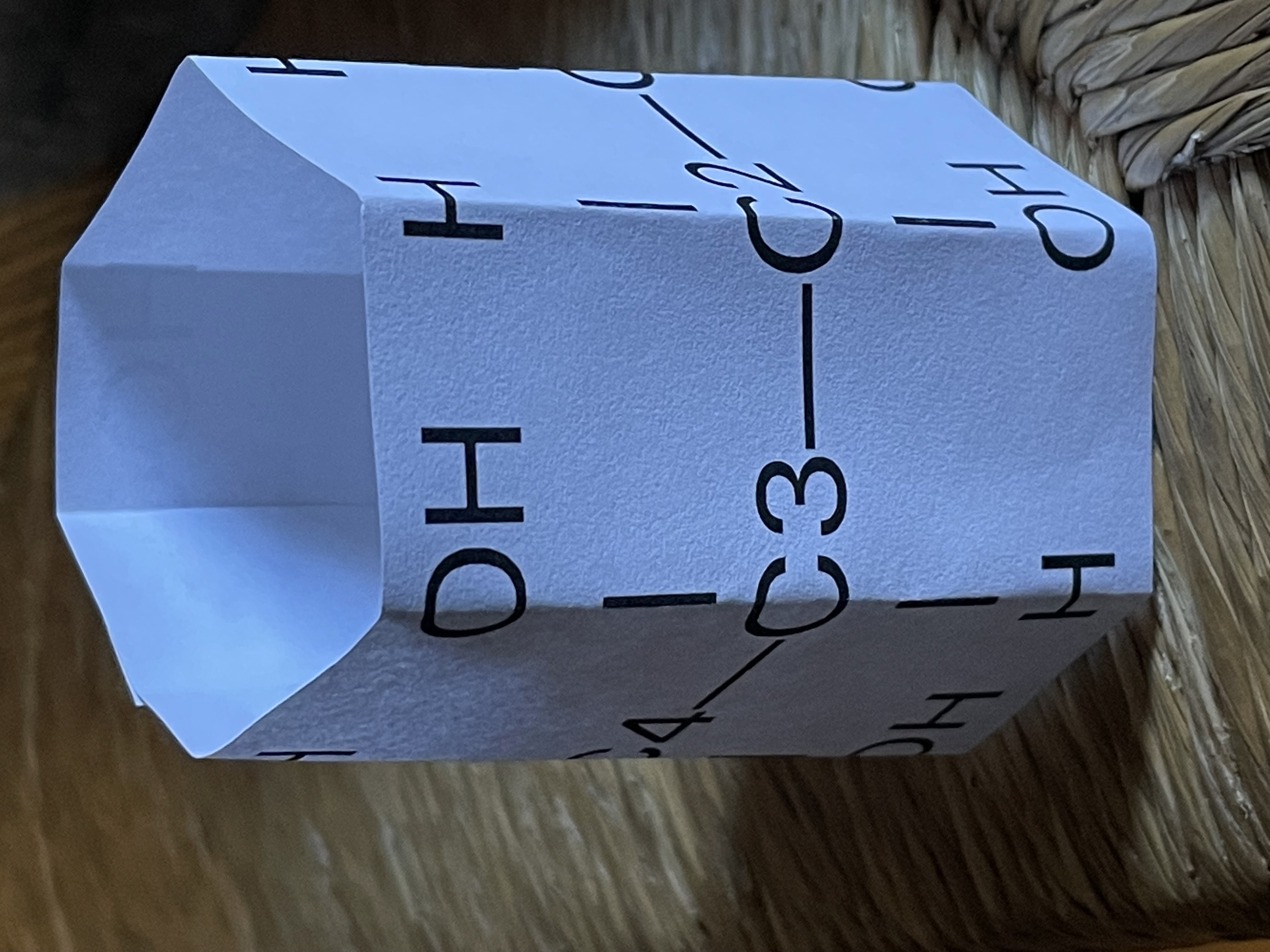Please refer to the following for how to write the Haas projection formula(https://chemistry.stackexchange.com/questions/75048/hash-and-wedge-nomenclature).I don't intend to address the true structure of glucose in this thread.This is more of a question about the "rules" of chemistry than science.
When glucose (glucopyranose) is expressed in the Haas projection, it looks like this. https://en.wikipedia.org/wiki/Haworth_projection
In the Haas projection, all atoms are probably projected onto the same plane, so in theory it is a two-dimensional depiction.
However, when actually expressing a molecule such as glucose in the Haas projection, thick lines (a), wedge-shaped lines (b, c), and thin lines (other C-C or C-O bonds) are used to convey the three-dimensional characteristics of the bonds. Although there are so many Haas projections that include thick and wedge-shaped lines, I have never seen a document that explains the intention of these lines and what it means to be a projection.
I have never seen a molecular model of glucose made exactly in the dashed wedge notation of the Haas projection. If you make a molecular model that is probably faithful to the dashed wedge notation and ask "Does this faithfully represent the C-C bonds a, b, and c in the Haas projection? (I am not asking whether it faithfully represents the structure of glucose)," no one can answer (one person has already answered, but the answer would be the same even if you ask in Japanese, which avoids the most important part).
If you say "The dashed wedge notation of the Haas projection is a convention, and the C-C bonds a, b, and c should not be interpreted as dashed wedge notation," that would be a possible answer to my question. Or, "What you made is faithful to the dashed wedge notation of the Haas projection, but it is different from the actual structure" would also be a possible answer to the question.If it is true.
As far as I understand, the rules for dashed wedge notation are as follows:
- Thick line: This line indicates that the bond is toward the viewer (in front). It is used to emphasize the part of the figure that is in front of the viewer, even though it is actually drawn on a flat surface.
- Thin line: This line indicates that the bond is in the plane or away from the viewer. In other words, it represents a bond that has no depth or is far away.
- Wedge-shaped line: A wedge-shaped line indicates that the bond is toward the viewer. The widening part of the wedge is toward the viewer, so it is a visual representation that the bond is in front.
My question:
- What is the intention of the thick C-C bond and wedge-shaped C-C bond in the Haas projection of glucopyranose?
- Can I understand that the pyranose skeleton is faithfully represented in the Haas projection in a molecular model as shown below?
I have never seen a model like the one shown above, and many teachers build models in the chair-shape, which is probably more chemically reasonable, but the purpose of this question is not about the true structure of glycopyranose, but about the intention of the thick C-C bond and the wedge-shaped C-C bond that appear in the Haas projection formula.








